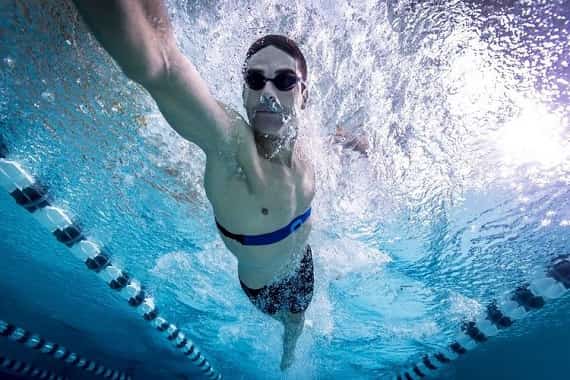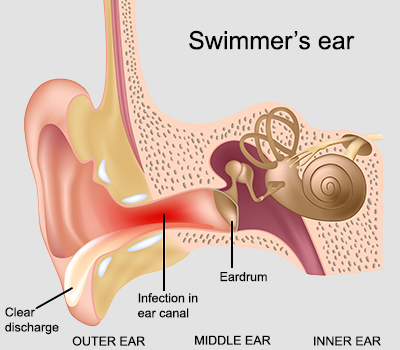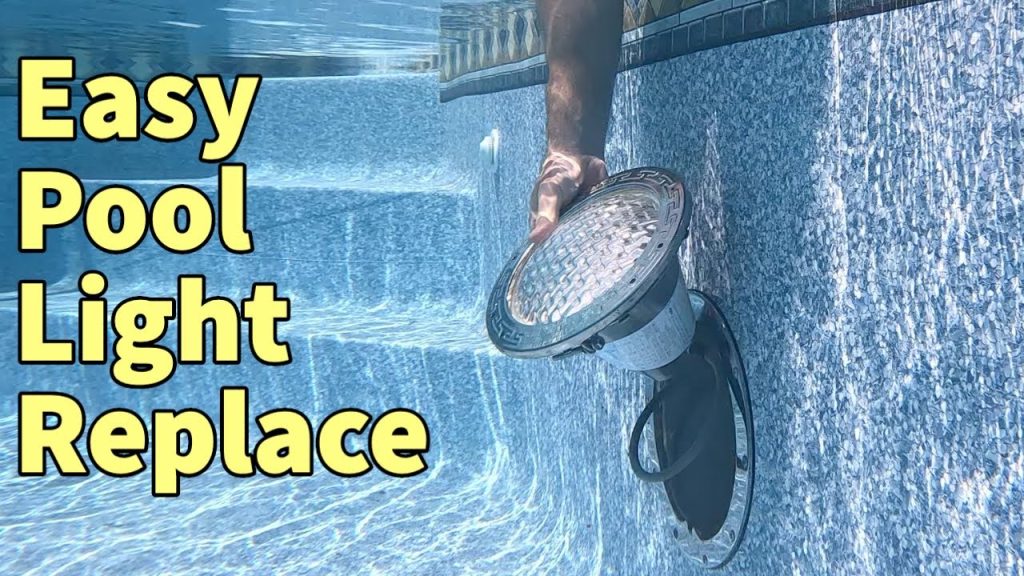Monitoring your heart rate while swimming helps track fitness levels. It can also improve performance and prevent overtraining.
Swimming is a fantastic workout for both the body and mind. It challenges your muscles and boosts your cardiovascular health. But how can you keep an eye on your heart rate while you’re in the water? It’s not as complicated as it sounds.
With the right tools and techniques, you can easily monitor your heart rate live while swimming. This can help you gauge your effort, adjust your pace, and maximize your workout. Let’s explore the steps and tools you’ll need to achieve this effectively.
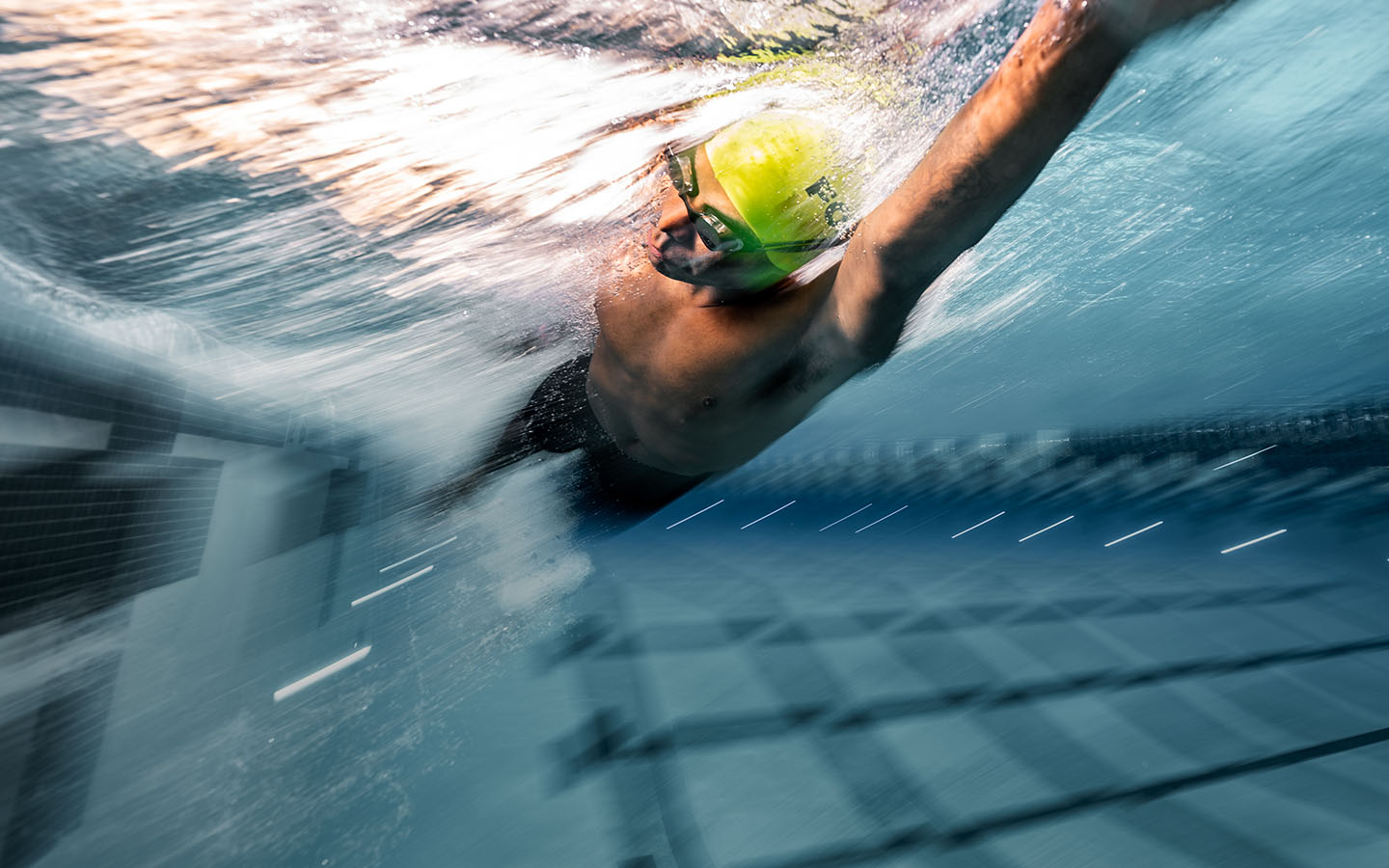
Credit: eu.formswim.com
Introduction To Live Heart Rate Monitoring
Live heart rate monitoring is essential for swimmers who want to track their fitness levels. It helps in maintaining optimal performance and ensuring safety. With the right tools, you can get real-time data even while in the water.
Importance Of Monitoring Heart Rate
Tracking your heart rate is crucial for several reasons:
- Performance Optimization: Helps in adjusting your training intensity.
- Health Monitoring: Keeps track of your cardiovascular health.
- Safety: Ensures you do not overexert yourself.
Challenges Of Monitoring While Swimming
Monitoring your heart rate while swimming comes with unique challenges. Here are a few:
| Challenge | Explanation |
|---|---|
| Water Resistance | Water can interfere with signal transmission. |
| Movement | Continuous movement makes it hard to get stable readings. |
| Device Compatibility | Not all heart rate monitors are waterproof. |
Understanding these challenges can help you choose the right equipment and methods.
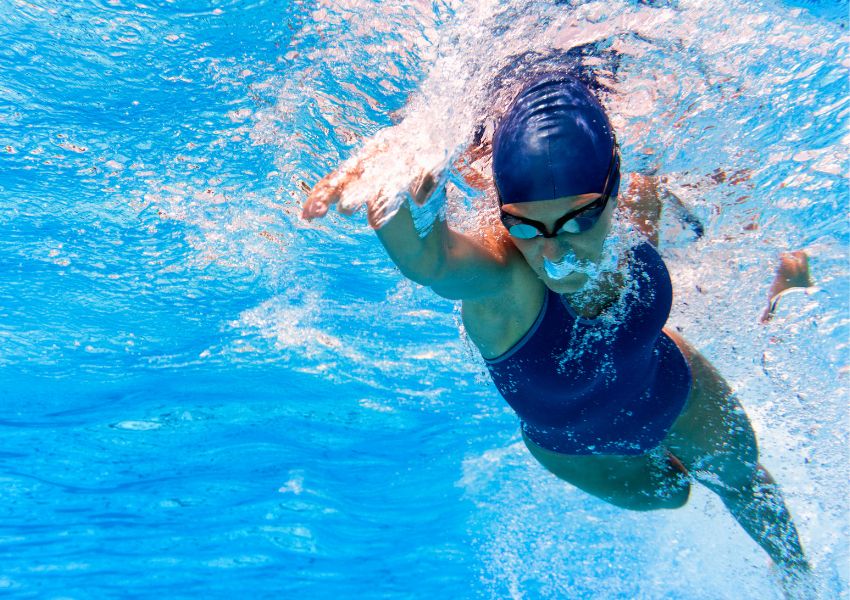
Credit: www.yourswimlog.com
Choosing The Right Equipment
Monitoring your heart rate while swimming is crucial. It ensures you’re training at the right intensity. However, for accurate monitoring, you need the right equipment. Here, we’ll guide you on how to choose the best tools.
Waterproof Heart Rate Monitors
Waterproof heart rate monitors are essential. They withstand water pressure and provide reliable data. Look for monitors with at least a 5 ATM rating. This means they can handle depths up to 50 meters.
Additionally, check the monitor’s strap. It should be comfortable and secure. A loose strap can lead to inaccurate readings.
Comparing Different Brands
Several brands offer waterproof heart rate monitors. Garmin is popular for its accuracy and durability. Their models often include GPS, which can be helpful for tracking your swim route.
Polar is another trusted brand. They offer monitors with advanced features like swim metrics. These metrics can help you improve your technique.
Fitbit also has waterproof options. Their monitors are user-friendly and sync easily with smartphones. This makes it easy to track your progress over time.
Consider your needs and budget when choosing a brand. Research and read reviews to make an informed decision.
Setting Up Your Device
Setting up your device for live heart rate monitoring while swimming is essential. This process ensures accurate and real-time data. Follow these steps to get started.
Syncing With Mobile Apps
First, download the compatible app for your heart rate monitor. Open the app and create an account if needed. Pair your device with the app using Bluetooth. Make sure the connection is stable and the app recognizes your device. This step is crucial for real-time monitoring.
Customizing Settings
Once paired, customize the settings in the app to suit your needs. Adjust the heart rate zones based on your fitness goals. Set alerts for when your heart rate goes above or below certain levels. This helps you stay within your target zones. You can also enable notifications to receive updates during your swim.
Techniques For Accurate Measurement
Accurate heart rate monitoring while swimming is essential for tracking performance. Understanding the right techniques ensures reliable data and better results. This section will cover key points to consider for accurate measurement.
Proper Placement Of Sensors
The placement of sensors is crucial for accurate heart rate monitoring. Wear the sensor on your chest, near the heart. This spot detects the heart’s electrical activity best. Follow the manufacturer’s guidelines for optimal placement.
Ensuring Secure Fit
A secure fit prevents the sensor from moving during your swim. Use an adjustable strap to keep the sensor in place. Tighten the strap enough to stay secure but not too tight to cause discomfort. Check the fit before you start swimming.
Ensuring a proper and secure fit of sensors can make a big difference. With these techniques, you can achieve accurate heart rate monitoring while swimming.
Integrating With Swim Workouts
Live heart rate monitoring during swim workouts offers many benefits. It helps you understand your body’s response to different swim intensities. By integrating heart rate monitoring into your swim workouts, you can make your training more effective and targeted. This guide will help you incorporate live heart rate monitoring into your swim workouts, focusing on intervals and drills.
Incorporating Intervals
Intervals are short, high-intensity bursts followed by rest periods. Using heart rate monitoring during intervals helps you maintain the right intensity. Here’s how to do it:
- Start with a warm-up. Swim at a comfortable pace for 5-10 minutes.
- Set your interval distance. For example, swim 50 meters at high intensity.
- Check your heart rate. Aim to reach 85-90% of your maximum heart rate.
- Rest for a set time, usually 30-60 seconds.
- Repeat the interval. Monitor your heart rate to ensure consistency.
Using a swim-specific heart rate monitor ensures accuracy. It also allows you to track your progress over time. Adjust the interval intensity based on your heart rate data.
Monitoring During Drills
Drills are exercises focusing on specific swimming techniques. Monitoring your heart rate during drills can help you gauge effort and efficiency. Follow these steps:
- Select a drill. For example, work on your kick technique.
- Begin the drill and start monitoring your heart rate.
- Keep the intensity moderate. Aim for 70-80% of your maximum heart rate.
- Perform the drill for a set time or distance.
- Check your heart rate. Ensure it stays within the target range.
Using heart rate data during drills helps you stay in the correct intensity zone. This ensures you are not over-exerting or under-performing. It also helps in maintaining proper technique.

Credit: www.healthline.com
Analyzing Heart Rate Data
Monitoring your heart rate while swimming can provide valuable insights into your performance and overall fitness. By analyzing heart rate data, you can tailor your training to enhance endurance, speed, and recovery. Let’s explore how to interpret these metrics and use them to improve your swimming performance.
Interpreting Metrics
Heart rate data offers a wealth of information. Key metrics to focus on include:
- Average Heart Rate: The mean heart rate during your swim session.
- Maximum Heart Rate: The peak heart rate achieved.
- Heart Rate Zones: Different levels of intensity based on your heart rate.
Understanding these metrics helps in gauging your exertion levels. For instance, staying within specific heart rate zones can optimize endurance and prevent overtraining.
Using Data To Improve Performance
Heart rate data is a powerful tool for enhancing your swimming performance. Here’s how you can use it:
- Adjust Training Intensity: Use heart rate zones to regulate your training intensity. This ensures you train at the right level for your goals.
- Track Progress: Regularly monitor your heart rate data to track improvements. Notice patterns in your performance and adjust your training plan accordingly.
- Prevent Overtraining: Keep an eye on your heart rate to avoid pushing too hard. Overtraining can lead to fatigue and injuries.
| Metric | Purpose |
|---|---|
| Average Heart Rate | Monitor overall exertion |
| Maximum Heart Rate | Identify peak performance |
| Heart Rate Zones | Optimize training intensity |
Using heart rate data, you can create a balanced training plan. This approach helps in achieving better results and maintaining a healthy training regimen.
Common Issues And Solutions
Live heart rate monitoring while swimming can be challenging. Swimmers often face issues that can disrupt accurate readings. Knowing these common problems and their solutions can help ensure reliable heart rate data during your swims.
Dealing With Signal Loss
Signal loss is a frequent issue in water. The water can interfere with the device’s signal, leading to inconsistent readings. To minimize signal loss, ensure your device is designed for underwater use. Position the sensor correctly on your body. Tighten the strap to prevent movement. Check the device’s settings before swimming to confirm it’s in swimming mode. Regularly update your device’s firmware to fix bugs and improve performance.
Troubleshooting Device Problems
Sometimes, the heart rate monitor may not work due to device issues. First, check the battery level. Low battery can affect performance. Replace or recharge the battery as needed. Verify that the sensor is clean and free from debris. Dirt can interfere with the sensor’s ability to read your heart rate. Restart the device to reset its functions. If problems persist, consult the user manual for specific troubleshooting steps or contact customer support.
Advanced Tips And Tricks
Monitoring your heart rate while swimming can be challenging. Advanced tips and tricks can help you get accurate data. By using additional features and maximizing battery life, you can enhance your swimming sessions. Let’s dive into some advanced tips and tricks for effective heart rate monitoring.
Utilizing Additional Features
Many heart rate monitors offer extra features. Use these features to get the most out of your device. Some monitors have GPS tracking. This helps you track your swimming route. Others have stroke detection. This feature counts your strokes and helps you improve your technique. Some even offer interval training. This feature helps you set custom intervals for your swim sets.
Water resistance is another key feature. Ensure your device is water-resistant. This keeps your monitor safe from water damage. Check for compatibility with swimming apps. Some monitors sync with apps to provide detailed analytics. Utilize these features to gain deeper insights into your performance.
Maximizing Battery Life
Battery life is crucial for uninterrupted heart rate monitoring. Turn off unnecessary features to save battery. Features like continuous GPS tracking can drain the battery quickly. Use power-saving modes if available. These modes extend the battery life of your device.
Regularly update your device’s firmware. Updates often include battery optimizations. Keep your device well-charged before swimming sessions. A fully charged device ensures longer tracking time. Avoid exposing your device to extreme temperatures. Extreme heat or cold can affect battery performance.
By following these tips, you can maximize your heart rate monitor’s battery life. This ensures you get accurate and uninterrupted data during your swims.
Frequently Asked Questions
Can You Monitor Heart Rate While Swimming?
Yes, you can monitor your heart rate while swimming using waterproof fitness trackers or heart rate monitors designed for swimmers.
What Devices Track Heart Rate While Swimming?
Waterproof fitness trackers, smartwatches, and heart rate monitors from brands like Garmin, Polar, and Apple can track heart rate while swimming.
How Accurate Are Heart Rate Monitors In Water?
Heart rate monitors designed for swimming are generally accurate. However, factors like water temperature and swimming style can affect readings.
Do Smartwatches Work Underwater?
Yes, many smartwatches are waterproof and can function underwater. Check the device’s water resistance rating before use.
Conclusion
Live heart rate monitoring while swimming offers great benefits. It helps you track fitness progress. This practice ensures you are swimming at an optimal pace. It also provides real-time health insights. With the right tools, you can swim smarter and safer.
Always choose reliable devices for accurate data. Remember to enjoy your swim while keeping an eye on your heart rate. Stay healthy and happy swimming!

